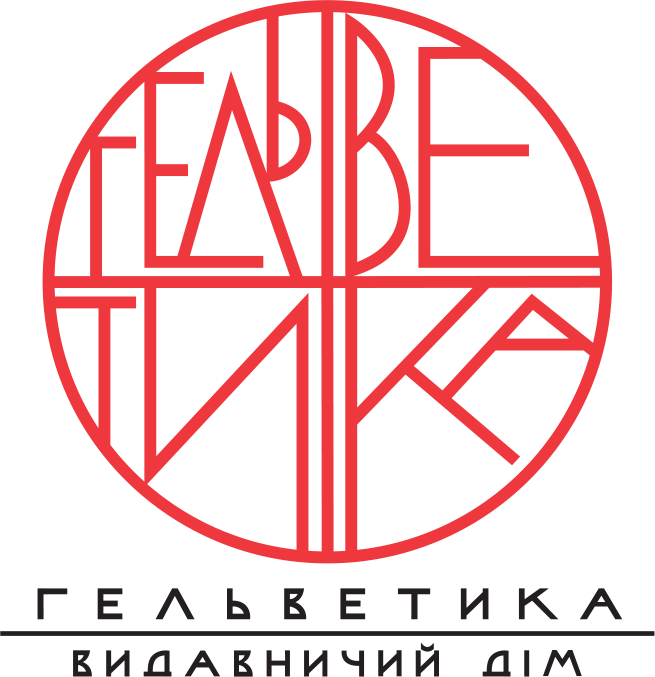TYPOGRAPHY AS AN AESTHETIC AND FUNCTIONAL ELEMENT OF WEB INTERFACES
DOI:
https://doi.org/10.32782/uad.2025.3.7Keywords:
typography, UX/UI design, visual communication, digital interface, user behavior, typeface, interaction aestheticsAbstract
This article explores typography as a key tool of visual communication in digital design, particularly within user interfaces (UX/UI). The relevance of the topic lies in the rapid development of digital technologies and media, where interface design plays a crucial role in shaping user experience. A distinctive feature of contemporary visual culture is the increasing significance of text not only as a carrier of information but also as a visual image. In this context, the typeface becomes not just a formal element, but a means of emotional, aesthetic, and behavioral influence on the user.The aim of the study is to identify how typography in interfaces contributes to or hinders effective interaction between the user and the visual environment. The methodology combines semiotic analysis, UX research elements, and critical review of contemporary digital design case studies. The analysis draws on examples from the practices of international design studios (e.g., Obys, Studio Dumbar) and expert recommendations from platforms such as the Nielsen Norman Group and Smashing Magazine.The results demonstrate that typography in digital interfaces performs not only a structural function (navigation, information hierarchy), but also cognitive (readability, attention focus), emotional (mood-setting), and symbolic (visual brand identity) roles. It was found that typefaces can directly influence user behavior: reading speed, time spent on a page, and willingness to interact with content. Typographic decisions–from font selection to methods of animation–significantly affect perception and user trust.The novelty of the study lies in integrating perspectives from art criticism, semiotics, and UX design to analyze typography as a dynamic and functional element of the digital environment. The article emphasizes the need for an interdisciplinary approach to studying type as part of the visual narrative. The conclusions include specific recommendations for designers on how to adapt typography according to audience characteristics, context, and targeted user actions.
References
Wooten L. Animated type: Emotional impact of motion in typography . L. Wooten. Design Studies Quarterly. 2020. Vol. 12. P. 271–284.
Lupton E. Thinking with type: a critical guide for designers, writers, editors, & students. New York: Princeton Architectural Press, 2010. 176 p.
Walker, S. Typography and emotional engagement in digital reading . S. Walker, L. Reynolds. Design Studies. 2021. Vol. 74. P 268-270.
Ekman, M. Kinetic typography in digital communication: Affective potential and semiotic function. M. Ekman, M. Jonsson. Journal of Visual Culture. 2019.Vol. 18, № 3. P. 381–398.
Гребенюк С. Сучасні шрифтові системи: огляд технологій . Дизайн. Теорія та практика. 2019. № 3. С. 45–52.
Shaikh A. D., Chaparro B. S., Fox D. Perception of fonts: Perceived personality traits and uses. Usability News. Vol. 14. P. 340–354.
Beier S., Larson K. Design improvements for frequently misrecognized letters. Information Design Journal. 2010. Vol. 18, № 2. P. 118–137.
Nielsen Norman Group. (2023). Typography in UI Design: How Fonts Affect Behavior. URL: https://www.nngroup.com/topic/typography (Дата звернення 10.06.2025)
Google Material Design. Typography principles: URL: https://material.io/design/typography/ (Дата звернення 10.06.2025).
Airbnb Design. Creating the Cereal typeface. URL: https://airbnb.design/cereal/ (Дата звернення 10.06.2025).
GOV.UK Design System. Accessibility and typography. – URL: https://design-system.service.gov.uk/(Дата звернення 10.06.2025).
Peterson T., Ray H. Typography and Emotion: Exploring Font Selection in Branding Design Issues. 2017. Vol. 33, № 4. P. 31–45.
UX Movement. Why Fancy Fonts Hurt Your Design More Than Help. URL: https://uxmovement.com/typography/why-fancy-fonts-hurt-your-design/ (Дата звернення 12.06.2025).
Walker S., Chaparro B. S. The Influence of Typeface on User Trust and Experience in Web Interfaces. International Journal of Human – Computer Interaction. 2019. Vol. 35. №3 . P. 267–275.
Lush. Official website. URL: https://www.lush.com (Дата звернення 12.06.2025).
Typo Australia. Brand Style Guide. URL: https://typo.com.au (Дата звернення 12.06.2025).




